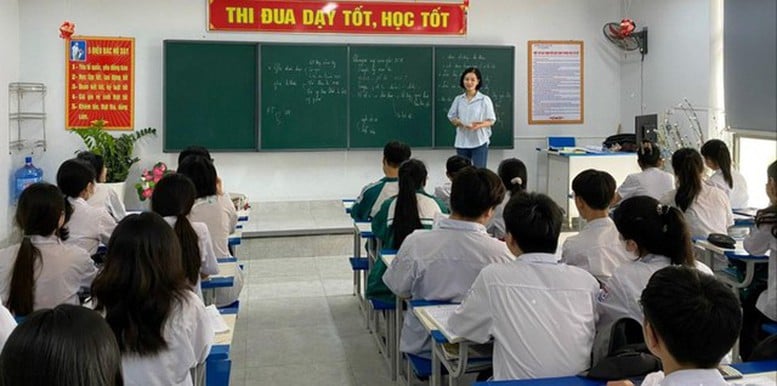
Illustration
On May 13, the Ministry of Home Affairs issued Document No. 2317/BNV-TCBC to the People's Committees of provinces and centrally-run cities, requesting the implementation of many tasks related to the management and use of civil servants working in the education and health sectors.
This is to implement the Conclusion of the Politburo and the Secretariat at the meeting on May 3, 2025 on the situation and progress of the implementation of the organizational arrangement, the direction of the Secretary of the Government Party Committee and the Prime Minister in Official Dispatch No. 194CV/DU dated May 5, 20252, to meet the necessary requirements of arranging teachers and medical staff to serve teaching and health care in the locality.
Accordingly, the Ministry of Home Affairs requested localities to effectively manage and use the number of teachers and medical staff assigned by competent authorities in accordance with legal regulations, with reasonable decentralization between local authorities at all levels, ensuring compliance with the goal of promoting decentralization, delegation of power and orientation for arranging administrative units and organizing 2-level local authorities.
Provinces and cities need to develop and implement plans to recruit teachers at general schools, kindergartens and civil servants working at medical facilities within the total number of staff assigned according to the provisions of law, ensuring the correct standards and job positions, suitable to local needs, especially the number of teachers who have been added in the period of 2022 - 2026.
Another notable content is the requirement to reorganize public service units in the fields of education and health. This must be done according to the instructions in Document No. 03/CV-BCĐ dated April 15, 2025 of the Steering Committee for reorganizing administrative units at all levels.
Review and transfer teachers from places with surplus to places with shortage
In addition, for the education sector, the Ministry of Home Affairs recommends that localities need to implement solutions to ensure teacher recruitment sources such as: Researching and forecasting the size of the school-age population at each level and grade in the locality, proactively developing a plan to use human resources for the education sector to have a plan to train teachers, ensuring recruitment sources for the staffing roadmap for the period 2026 - 2030 when implementing universal preschool education for preschool children from 3 to 5 years old; free tuition for preschool children, middle school students, high school students; no tuition fees for primary school students in public educational institutions and teaching 2 sessions/day without charge;.
Widely disseminate information about recruitment needs, with mechanisms and policies to attract teachers (including: pedagogical students, excellent students graduating from teacher training majors or excellent students graduating from other majors who wish to apply to become teachers...) to work locally.
Proactively review the number of teachers who have graduated from school but have not met the standard qualifications as prescribed in Article 72 of the 2019 Education Law, make plans, sign contracts to order teachers from universities assigned to train teachers to conduct training to meet the standard qualifications as prescribed in the 2019 Education Law.
In addition, localities need to review and transfer teachers from areas with surplus to areas with shortage, and at the same time study support policies for teachers who are subject to transfer, especially those working in remote areas, areas with difficult economic conditions, inconvenient transportation... and commit to accepting them back after the transfer period expires if teachers have a need.
Place orders and assign tasks at public preschool and general education institutions in areas with favorable conditions for socialization, socio-economic development, and densely populated industrial zones to increase the number of public educational institutions implementing autonomy, increase the number of employees receiving salaries from career revenues, reduce the number of employees receiving salaries from the state budget, meeting the goals of Resolution No. 19-NQ/TW; at the same time, promote decentralization to educational institutions in recruiting or signing teacher contracts according to norms, ensuring timely overcoming of the current surplus and shortage of teachers.
Previously, on May 5, the Ministry of Home Affairs issued Official Dispatch No. 2034/BNV-TCBC on instructions for implementing Decree No. 178/2024/ND-CP and Decree No. 67/2025/ND-CP of the Government.
Regarding the implementation of streamlining the payroll, restructuring and improving the quality of cadres, civil servants and public employees, the Ministry of Home Affairs said that when assessing the impact in the process of building policies and regimes for cadres, civil servants, public employees and workers in the process of rearranging the organization of the political system, the Ministry of Home Affairs reported to the competent authority the plan to reduce 20% of the payroll (excluding civil servants in education and health).
Accordingly, cadres, civil servants, public employees and workers in agencies, organizations and units do not directly implement organizational restructuring but streamline staff, restructure and improve the quality of cadres, civil servants and public employees, excluding education and health sector employees.
Thu Giang
Source: https://baochinhphu.vn/bo-noi-vu-yeu-cau-quan-ly-su-dung-hieu-qua-so-bien-che-giao-vien-va-vien-chuc-y-te-102250513151006515.htm


![[Photo] Prime Minister Pham Minh Chinh receives Ambassador of the French Republic to Vietnam Olivier Brochet](https://vphoto.vietnam.vn/thumb/1200x675/vietnam/resource/IMAGE/2025/5/13/f5441496fa4a456abf47c8c747d2fe92)
![[Photo] President Luong Cuong awarded the title "Heroic City" to Hai Phong city](https://vphoto.vietnam.vn/thumb/1200x675/vietnam/resource/IMAGE/2025/5/13/d1921aa358994c0f97435a490b3d5065)
![[Photo] Many people in Hanoi welcome Buddha's relics to Quan Su Pagoda](https://vphoto.vietnam.vn/thumb/1200x675/vietnam/resource/IMAGE/2025/5/13/3e93a7303e1d4d98b6a65e64be57e870)

![[Photo] President Luong Cuong attends the inauguration of the international container port in Hai Phong](https://vphoto.vietnam.vn/thumb/1200x675/vietnam/resource/IMAGE/2025/5/13/9544c01a03e241fdadb6f9708e1c0b65)






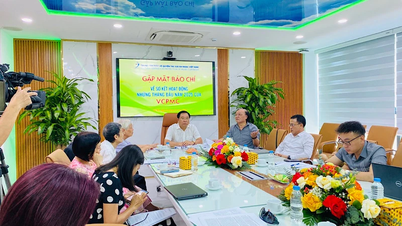




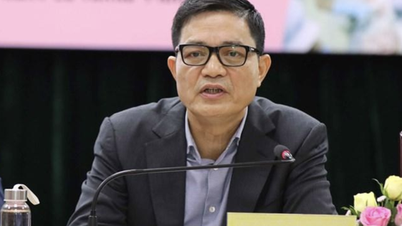
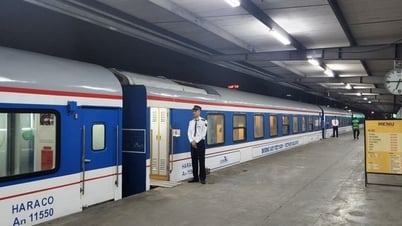












































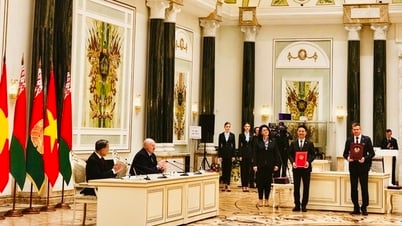








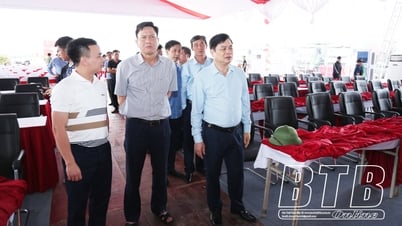


















Comment (0)